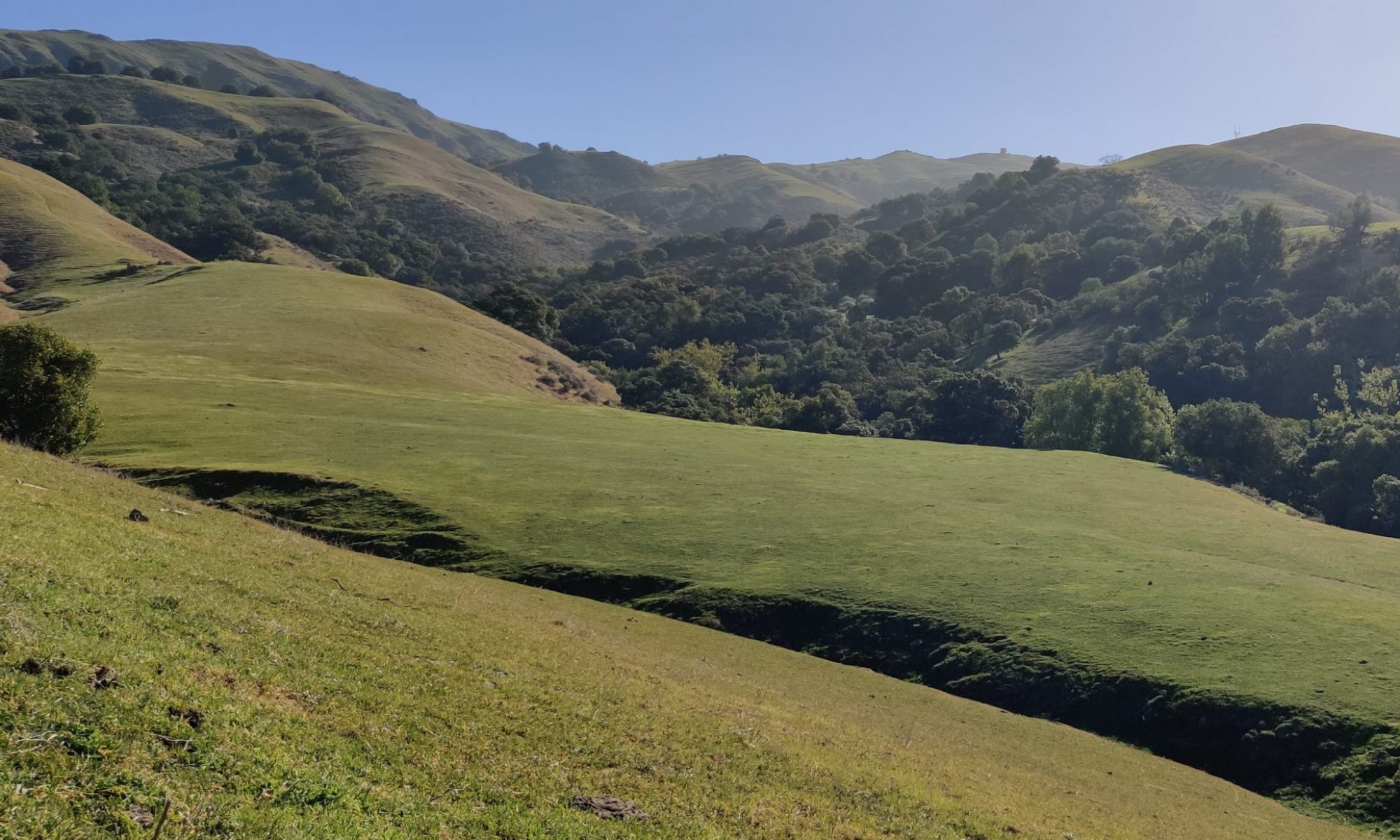I have an very old Fedora server that stopped active running almost 10 years ago. I need to backup its data for archive and physically dispose it.
It used to run wiki site based on moinmoin. If I just back its static files plus database files, chances are I will never be able to re-active those wiki pages and see them again. So I thought a better idea is to clone the web pages and turn them into static local web site, which I can still access easily.
It turns the journey is more complicated than expected. It took me more than a couple of hours to finally nail it down. So I figure it is worth a post here.
The Software
A quick search shows HTTrack seems to be best software for this job. It has a GUI version for Linux, called WebHTTrack. It also has a windows version called WinHTTrack. During my fiddling around, I ended up using WinHTTrack. In retrospect, the method used here should also work for WebHTTrack.
The Challenge
WinHTTrack is generally user friendly. The biggest problem is moin wiki requires a user login to view the content.
The cookie capture method (“Add URL” followed with “Capture URL”) does not work for moin wiki. Only first page works. Later pages still returns “You are not allowed to view this page”
The Solution
Step 1 – prepare cookies.txt file
- Install and launch firefox browser
- Install cookies.txt extension
- Log into the web site and start browsing
- Click on “cookies.txt” extension and export cookies.txt for the current site.
- Also note the firefox user agend
- Clock on top-right “settings” icon
- Then click on “Help”/”Troubleshooting Information”
- Note the “User Agent” string. We will use it later.
Step 2 – run WinHTTrack once
- Start WinHTTrack and set up the project normally without worrying about login
- Specifically, you don’t need to use “Add URL” button to do anything special. Just type in the URL in the text input area.
- Click on “Finish” to start downloading
- It will warn the site seems empty. That is expected.
Step 3 – copy over the cookies.txt
- Copy the exported cookies.txt file to the top level directory of the local clone.
- For example, if HTTrack working directory is “%USER%\Documents\httrack-websites” and your project name is “erick-wiki”, then the destination directory is “%USER%\Documents\httrack-websites\erick-wiki”
Step 4 – run it again with proper options
A few options had to be set properly
- Click on “Set options …” and a new pop-up window shows up
- On “Spider” tab, set “Spider” to “no robots.txt rules”
- On “Browser ID” tab, set “Browser Identity” to the “User Agent” of Firefox browser noted in step 1
- On “Scan Rules” tab, click on “Exclude links”, another pop-up windows shows up
- Here you can exclude the files you like to clone
- Most importantly, you need to exclude the “logout” URL. Otherwise cookies.txt will be updated/deleted and you will note be able to continue cloning
- In my case, the URL will end with “?action=logout”. So I set “criterion” to “Links containing:”, and set “String” to “action=logout”
- (Optional) On “Experts Only” tab, change “Travel mode” to “can go both up and down”
- (Optional) On “Flow control”, set “number of connections” to higher number for faster cloning. Note: your website may have surge limit as Moinmoin does, in which case you will need to turn off this feature on the web server in order to increase bandwidth.
- Once all set, click on “Next” and “Finish” to start cloning.
That is it!
